Mammoth Safaris explores the Cape Winelands – the Swartland
by Gareth Hardres-Williams, 29 July 2017
Picture the scene – rolling vineyards with rows of vines neatly snaking up the sides of mountains until they are halted by vast granite boulders, that in turn merge into jaggered cliff face and scrubby fynbos. Jackal buzzards wait patiently from their vantage atop a nearby tree, scanning for movement amongst the vines. Vaguely in the distance, a farm dog barks playfully – the sun is warm and the wines are chilled to perfection. This is a typical Cape Winelands day…
The Western Cape of South Africa is home to a number of diverse of wine growing regions, and we at Mammoth Safaris enjoy exploring these with our guests as often as we can. One such region that is proving very popular with our guests of late is the much talked about and highly lauded Swartland region. This area lies some 100 or so kilometres from the city of Cape Town, between the farming towns of Malmesbury, Wellington and Riebeek Kasteel. Once a much maligned and forgotten corner of the South African wine world, this region has flourished of late and is now responsible for producing some (if not most) of South Africa’s most sought after wines.
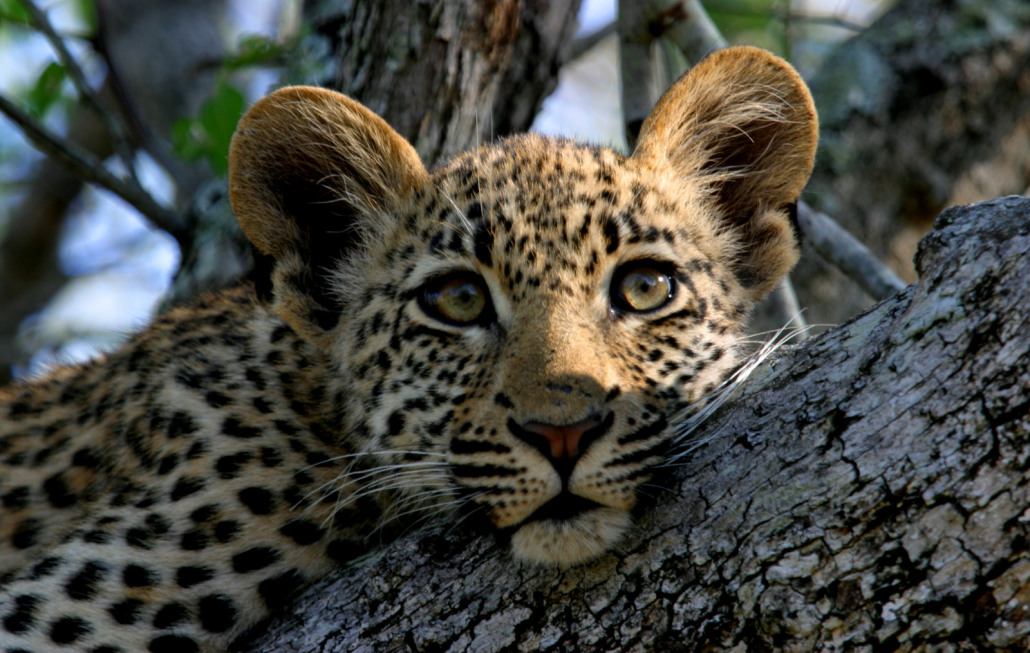
Leopards are solitary animals, with the youngsters typically leaving the mother’s care anything from 1 – 2 years of age. This youngster is still in the mother’s care and has clearly mastered the important skill of tree climbing
AA Badenhorst Family Wines
One of the reluctant stars of the Swartland show is the producer AA Badenhorst, a family affair on the slopes of the Paardeberg mountains. Spearheaded by the maverick, quirky and quite simply exceptional winemaking talents of owner Adi Badenhorst, this winery on the Kalmoesfontein farm has created quite a stir in recent years and developed a huge following in its relatively short lifespan. The winery produces both red and white wines and has
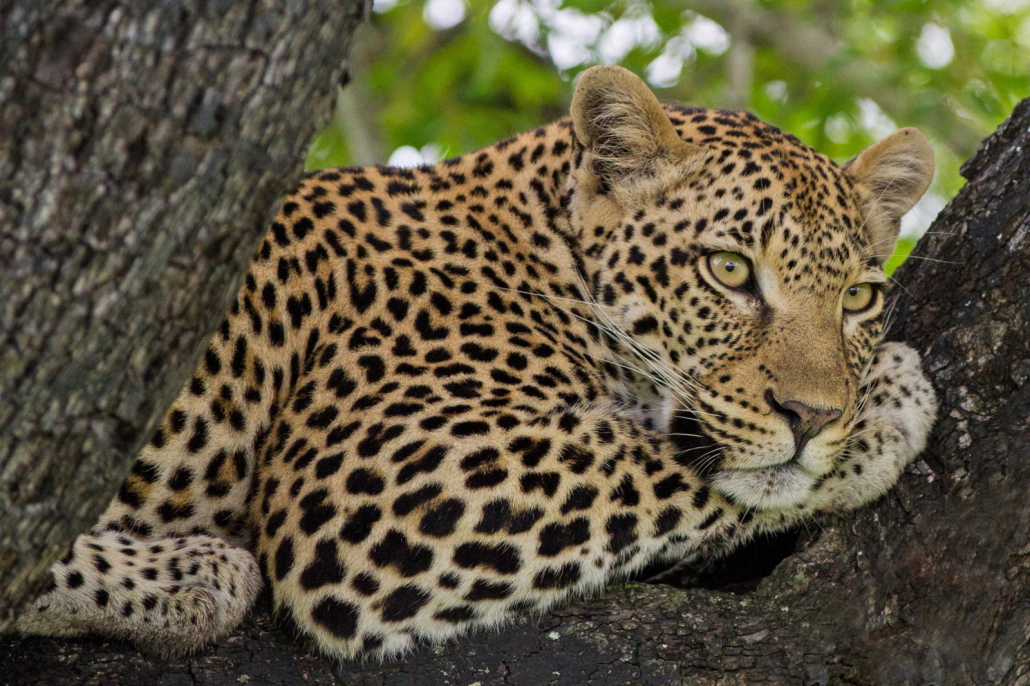
Panthera pardus – the leopard, is the most adaptable of cats and occupies the largest range of all the big cats
This reserve is home to a number of lodges that were instrumental in pioneering the habituation of wild leopards, allowing for exceptional views today. Whilst in absolutely no way are these rosetted cats tame, their disregard for the observing vehicles is a result of years of gentle and respectful introduction of game viewers.
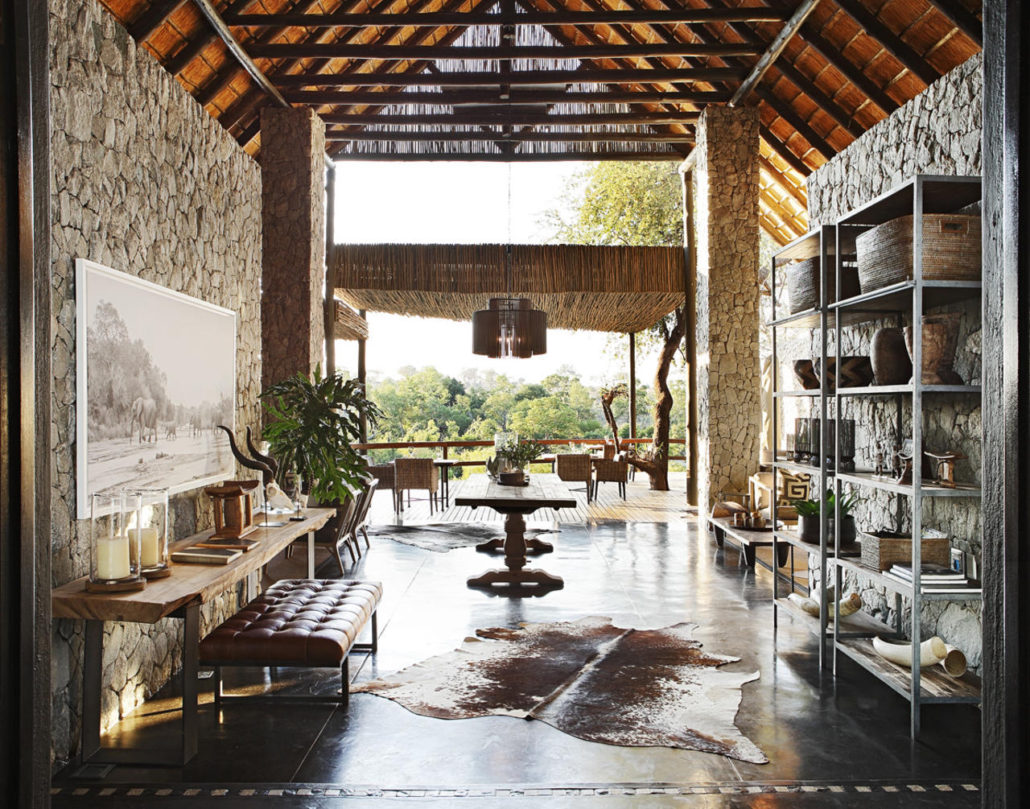
Londolozi Private Game Reserve has a number of camps to choose from, all of which offer exceptional luxury and comfort. Here one can not only experience incredible leopard viewing but also enjoy the tasteful elegance of the quintessential safari camp
One such lodge is Londolozi – where the leopard has become a defining symbol of the lodge in more ways than just their logo. The history of leopard viewing here can be traced back to a lineage of leopards still seen here today, all descendants of the original “Mother” leopard. It was this appropriately named female leopard who first saw fit to allow vehicles a brief glimpse of both herself and then subsequently her cubs, and so began the process of habituation. Today, her descendants offer visitors incredible views of this gorgeous African predator, showing off almost every facet of their lives – from the rearing of cubs to hunting and territorial interactions.
Also within the Sabi Sands reserve, the likes of Lion Sands, Singita, and Savanah are firm favorites of ours for exceptional leopard viewing.
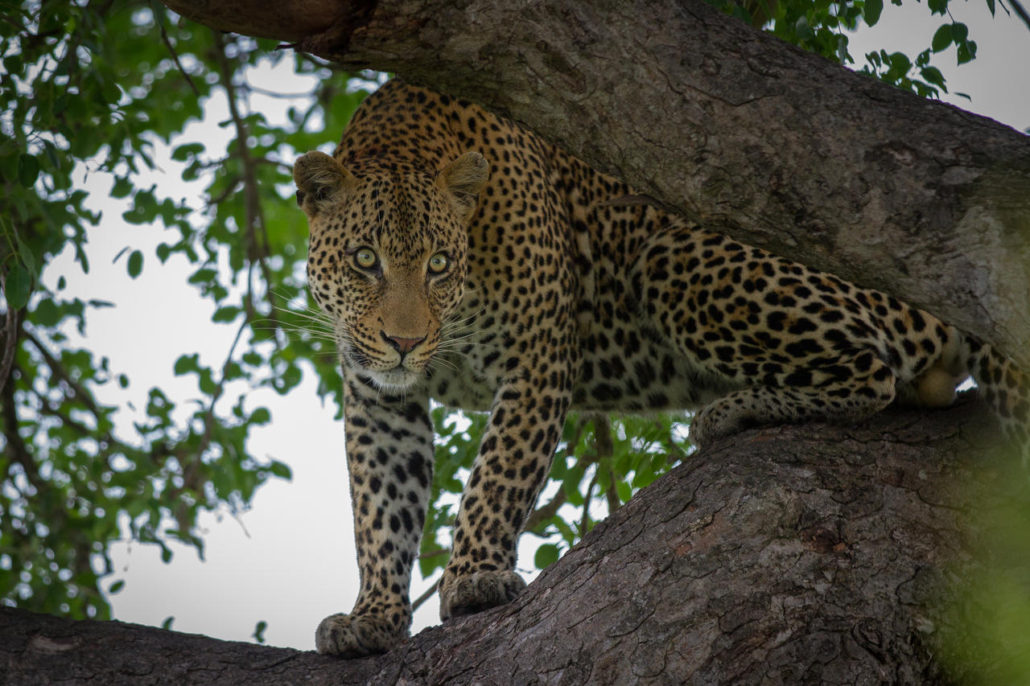
The leopard has an amazing ability to blend in to any background, with its distinctive rosettes providing an effortless camouflage for almost all environments
Luangwa Valley – Zambia
The Luangwa Valley is one of Africa’s prime destinations for wildlife viewing and with very good reason. The valley lies at the tail end of the ever-productive Great Rift Valley, marking the end of the continental rift that runs all the way down East Africa from the Red Sea. The Zambian end of the Rift Valley gives rise to Lake Malawi on the one side and the Luangwa Valley on the other. This valley is known by many as the “Valley of Leopards” due not only to the high concentration of these cats here, but also because of the high quality of viewing that is on offer.
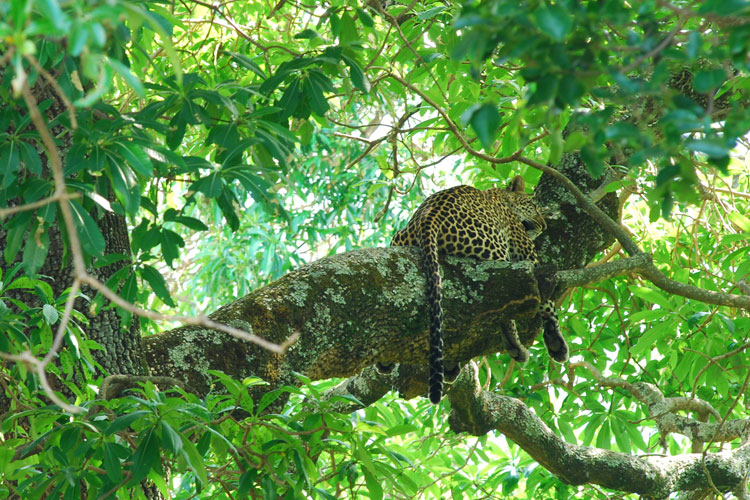
Leopards use trees for improved vantage, to stash their kills and often as a very safe spot to take a nap
A camp we enjoy basing ourselves from in the Luangwa Valley is the Zungulila Bushcamp on the banks of the Kapamba River in the South Luangwa National Park. Part of the Bushcamp Company stable, the camp itself is extremely well appointed and comfortable, serving as the ideal base from which to explore the valley and the skilled guiding team here helps to unlock the mysteries of this region. Trees in this riverine area are spectacular and seem perfectly suited to the lounging frame of a climbing cat.
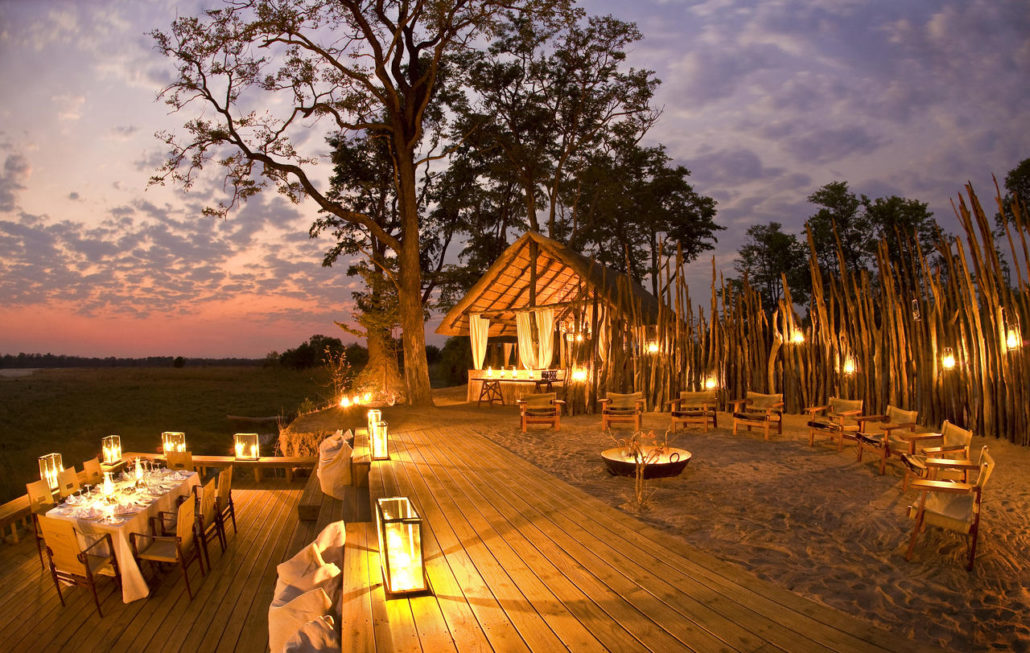
After a long day of searching for leopards and subsequent game viewing, the deck of the Zungulila Bushcamp is the best place to unwind and reminisce on a great day in the Zambian bush
Okavango Delta – Botswana
The unusual inland delta in the north west of Botswana that receives the captured waters from the Angolan Highlands, is a game viewers utopia. Here, one really is spoilt in terms of the quantity and quality of game viewing and we have enjoyed some marvelous leopard sightings in this oasis over the years.
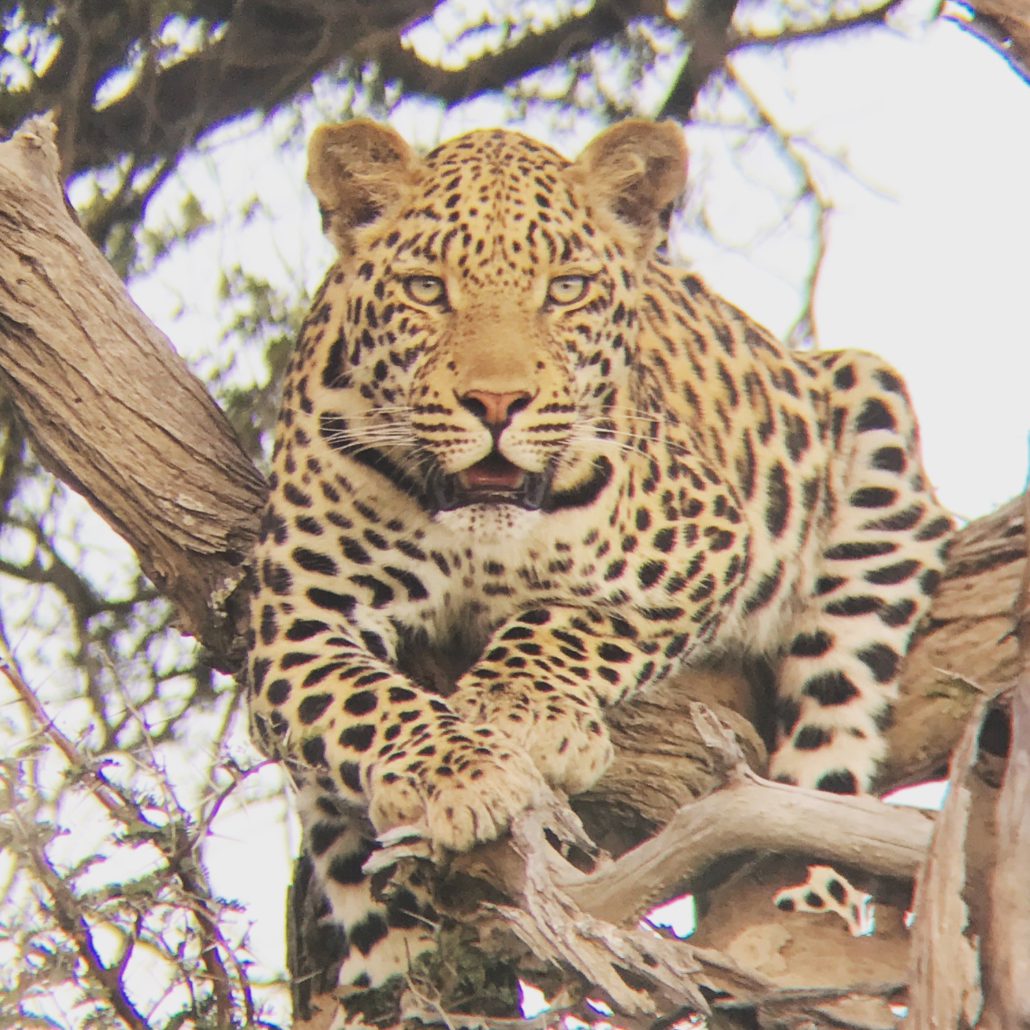
A young male leopard demonstrates that this cat is just as comfortable up in trees as it is in the shadows on the ground below
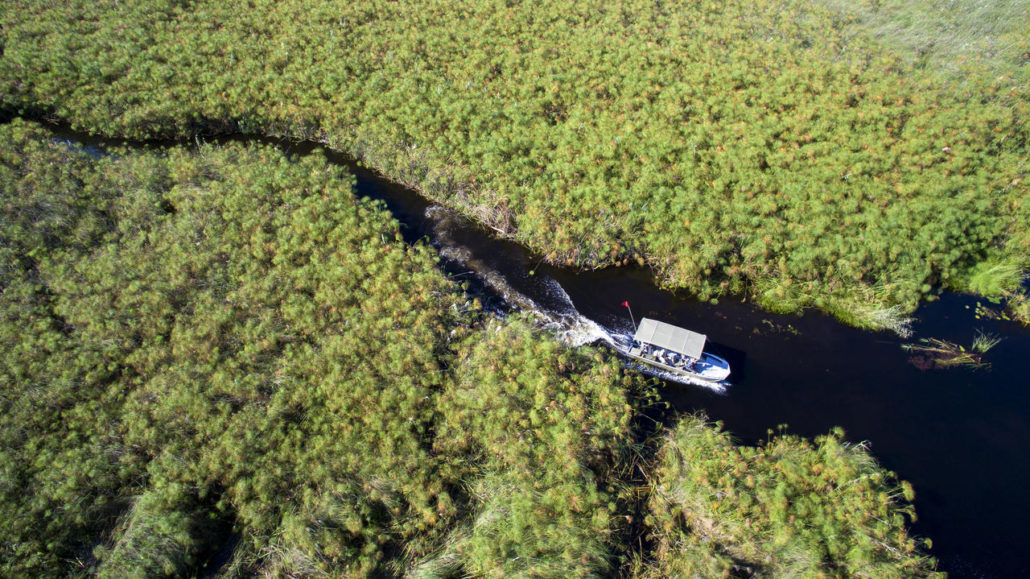
The water-dissected islands are home to a host of prey and predator interactions. Many of these parcels of land can only be accessed via boat, making this an extra special game viewing experience
One of the most comfortable and inviting of camps in the south of the delta where the leopard viewing can be quite exceptional is the exquisite Nxabega Okavango Tented Camp. The watery surrounds confine the cats to some extent and thus increase your chances of spotting these predominantly nocturnal animals. The presence of fairly good numbers other predator species such a lion, hyena, wild dog and cheetah often gives rise to interesting predator interactions, which always makes for fascinating viewing.
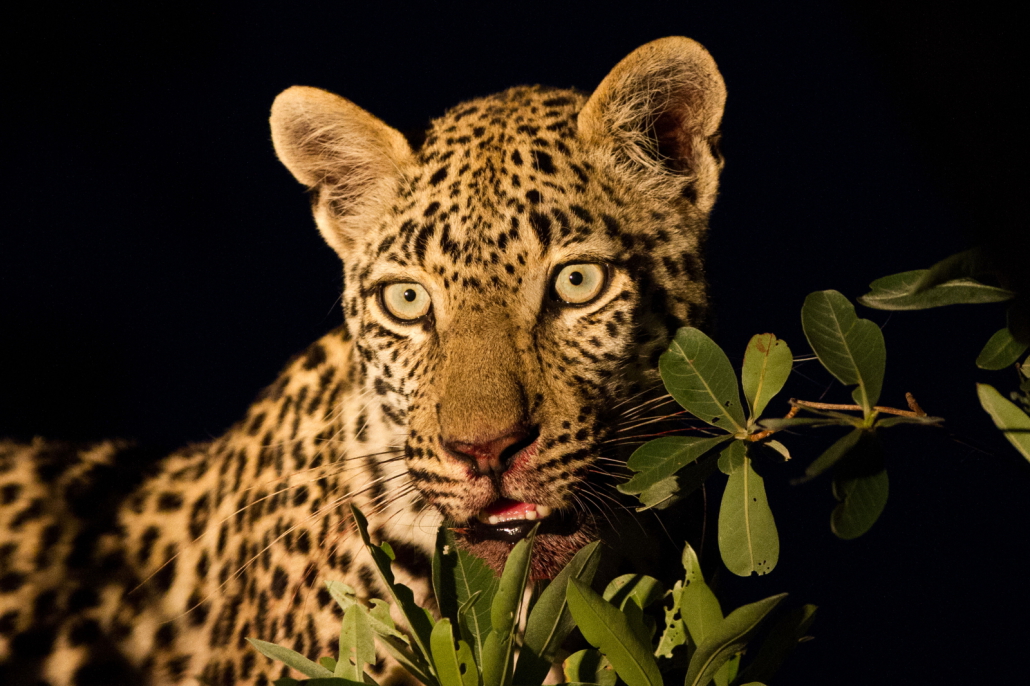
When undisturbed, leopards will busy themselves in the day too, but these cats are expert night hunters with superb night vision giving them great advantage over their prey
The Himalayas – India
This region may not immediately appear to be an obvious choice for leopard spotting, but it is here that we have been incredibly privileged to show our guests the extremely rare and enormously elusive “ghost of the mountains” or snow leopard, Panthera unica. Whilst not the same as the leopard viewing in the other regions listed above – where one can relax and enjoy the cat sightings in relative comfort, often without the need for so much as a pair of spectacles – leopard viewing in the Himalayas is an adventure of exploration and discovery on another level.

As a magpie flies past, the snow leopard demonstrates just why the locals refer to this cat as the “ghost of the mountain”
More about leopards…
The wonderful conservation organisation “Panthera” is mandated to protect many of the world’s large cat species and, over and above the excellent conservation work they do, they also maintain detailed records and information on these cats.
“Panthera” reports that the leopard is likely the most persecuted large cat in the world. The cat is already extinct in six countries and faces possible extinction in six additional countries, leopards have vanished from at least 49 percent of their historic range in Africa and 84 percent of their historic range in Eurasia.
The species is threatened by illegal killing for their skins and other body parts used for ceremonial regalia, conflict with local people, rampant bushmeat poaching, and poorly managed trophy hunting.
Leopards are listed as “Vulnerable” on the International Union for the Conservation of Nature (IUCN) Red List of Threatened Species. The leopard is classified as “Endangered” in Central Asia and Sri Lanka and “Critically Endangered” in the Middle East, Russia, and on the Indonesian island of Java.
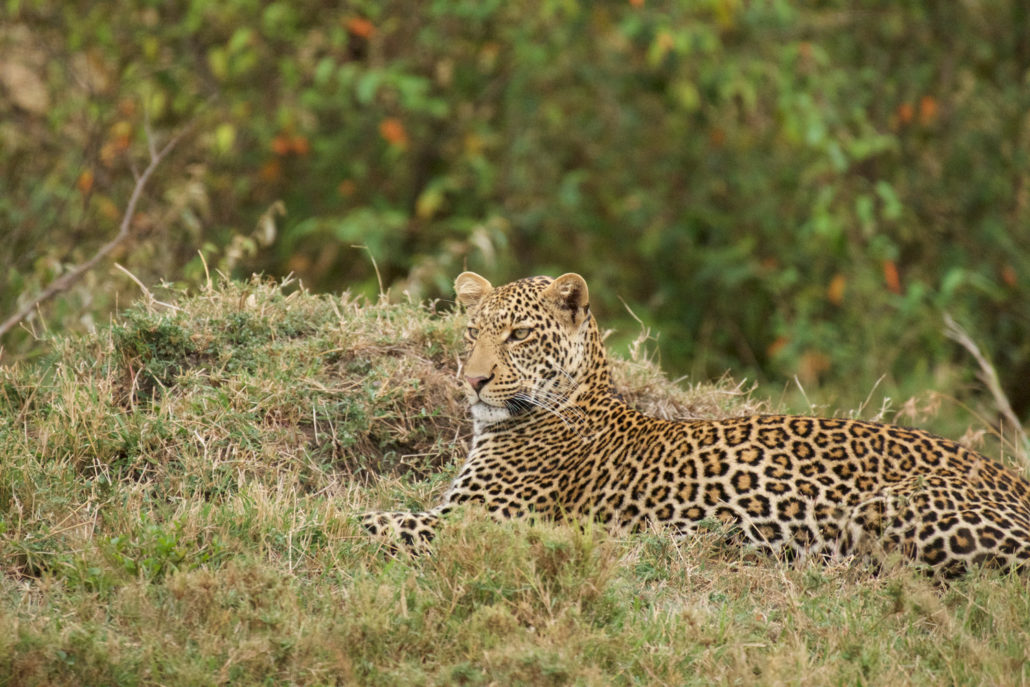
Here a handsome male leopard shows his regal size and stature. The male will always be quite a lot larger than the female cat
Arranging a trip to give oneself the best opportunity to see a leopard requires an intimate understanding of season, of location and of lodge and Mammoth Safaris has the expertise and experience to put all of the above together. There is an inherent complexity organising such a trip and we specialise in taking care of all those little things one might not think of. Let us take care of your journey from start to finish and ensure that this journey of a lifetime truly is an unforgettable one.
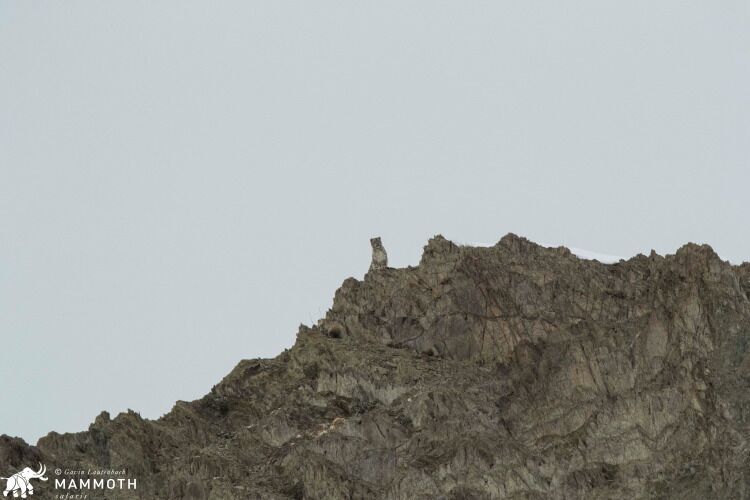
The first time you spot the snow leopard will generally be at some distance, but will be a moment that you will never forget
How to make this journey of a lifetime a reality…
For more information on how to book your Mammoth Safari to search for wilderness, adventure and that elusive leopard contact a member of our sales team on +27(0)823048278 or send an email to info@mammothsafaris.com and visit www.mammothsafaris.com for more destinations and journeys.




Leave a Reply
Want to join the discussion?Feel free to contribute!